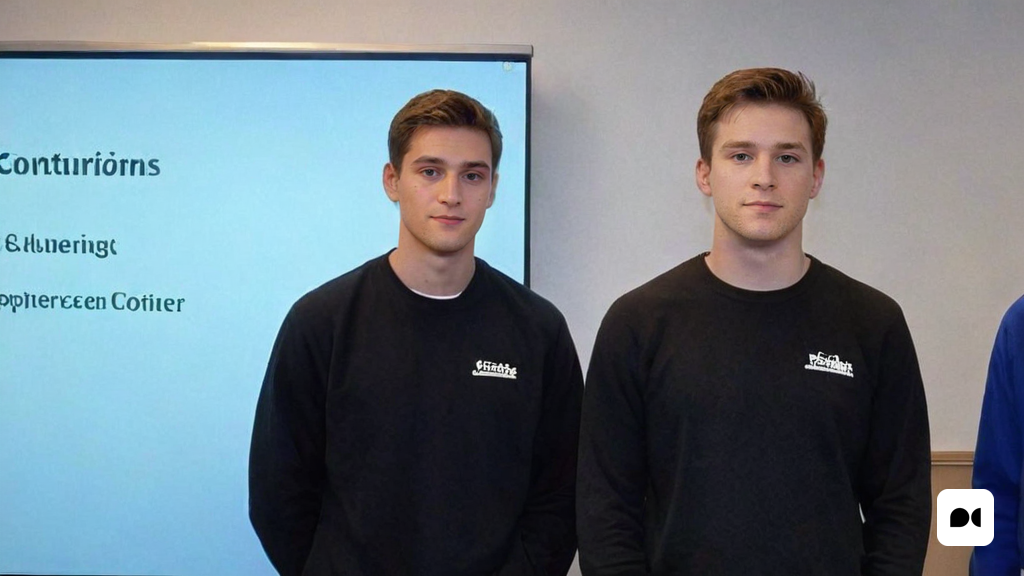Research work is an integrative and formative activity carried out by high school students with the support and guidance of teachers, with the aim of developing research competence. It can have a disciplinary, or interdisciplinary or transversal perspective.
It consists of a set of activities carried out by students who investigate a topic chosen and defined, in part, by themselves. This entails, on many occasions, the realization of practical activities (surveys, experiments, assemblies, visits…) and not only documentary research activities.
Examples of research papers
Below, we present three examples of research work carried out by some students of IES Francesc Ribalta, with the collaboration of Arrels II, and which they exhibited in the University Extension Room.
Skin, sun and cancer: an essential link
Maria Riu i Pacuet began her presentation by telling us about her interest in the health field and her curiosities about this topic. He gave a detailed explanation of this disease and the factors that influence its possible appearance. He explained to us the importance of the ozone layer for our health and our skin. He did a test with ultraviolet light to simulate its protective effect. He described the process he followed to make a sun cream and made a comparison with other creams on the market.
Social equity in a better world
Maiol Irla i Batet showed us his work, motivated by his personal concern for social inequalities. It was based on surveys carried out in Solsona and Barcelona, social organisations, homeless people, the Red Cross, Amisol… and drew some conclusions: there is no doubt that social work and government contributions need to be increased. Really, a lot is done, the effort is relevant, but it is not enough.
The technological skill of ancient Rome
Miguel Magín y Sierra impressed us with his passion for history and technological progress. He gave us a lesson in engineering in the Roman Empire. He reviewed the water distribution routes and people’s communication routes (aqueducts, pipes and roads). Finally, he showed us a homemade reconstruction, but using 21st century materials, of the water pump of Ctesibius of Alexandria, an inventor and mathematician of the 3rd century BC, with a hands-on demonstration of the recreation on site.
From the University Extension Room we thank the collaboration of Arrels II and IES Francesc Ribalta. And we take this opportunity to wholeheartedly congratulate their students, whom we encourage to continue and wish them good luck and all kinds of success in the future.

